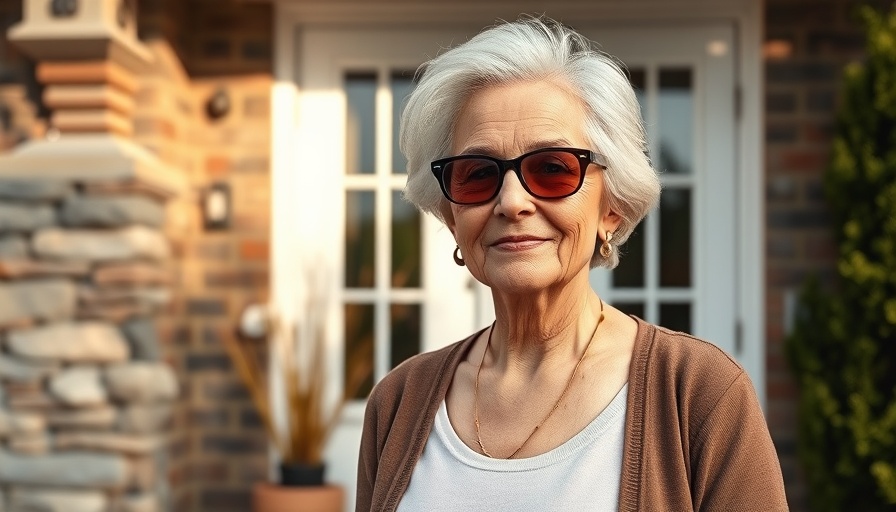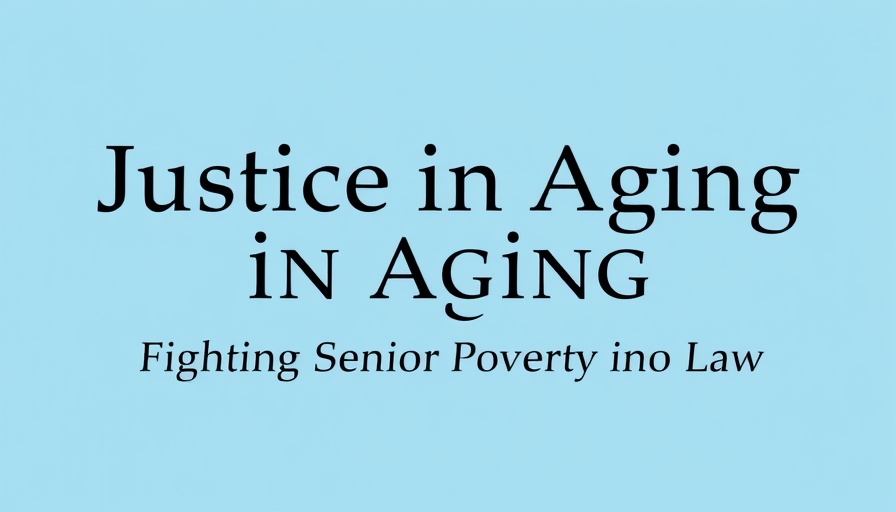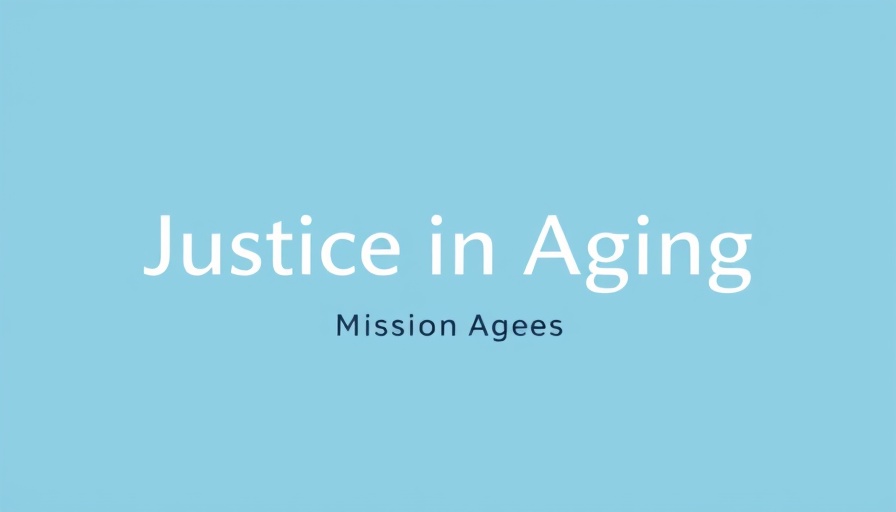
Understanding the Role of Federal Rental Assistance
Housing is not just a physical space; it is the foundation for quality of life, particularly for older adults who wish to age in place within their communities. Federal rental assistance plays a crucial role in providing this stability. Programs funded by the U.S. Department of Housing and Urban Development (HUD) and the U.S. Department of Agriculture offer essential rental subsidies to low-income individuals, significantly benefiting seniors. For instance, HUD’s Housing Choice Voucher program, the most expansive of its kind, empowers older adults to secure affordable housing in the private market, allowing for more flexibility in choosing their living arrangements.
The Growing Need for Assistance Among Seniors
The demand for federal rental assistance is at an all-time high as older adults increasingly find themselves in precarious housing situations. The reality is alarming: seniors constitute the fastest-growing demographic among individuals experiencing homelessness. Many of these individuals are becoming homeless for the first time after age 50, often as a direct consequence of rising rental costs outpacing their limited, fixed incomes.
Statistic Insights: The Financial Struggles of Older Renters
To put this into perspective, approximately 20% of all homelessness cases involve older adults aged 55 and above. Further compounding this challenge, nearly half of the older adults facing homelessness are unsheltered, a situation that becomes even more tragic when considering that many suffer from health conditions or disabilities. The median Social Security benefit, while a lifeline for many, often falls short against the backdrop of surging rent prices, particularly as the cost of living continues to rise.
The Importance of Policy and Community Support
Federal support programs and community-level initiatives are essential to combat these challenges. Beyond providing financial relief, they foster a sense of community and connection, allowing seniors to remain in familiar environments, which is critical for mental and emotional well-being. The investment in federal rental assistance is not merely about giving financial aid; it’s about enhancing the quality of life for countless older adults, enabling them to live with dignity.
Alternative Approaches to Housing Solutions
While initiatives like HUD's rental assistance are fundamental, discussions must also explore alternative housing solutions. For example, supportive housing models that integrate health services can significantly improve outcomes for older adults. By taking into account their health needs alongside housing, we can create more holistic solutions that address root issues rather than merely providing temporary relief.
Future Trends in Senior Housing
Projecting into the future, the conversation around senior housing and rental assistance must evolve. The increasing representation of older adults within the extremely low-income demographic means that advocacy for policy changes is imperative. Supporting expanded rental assistance and innovative housing solutions can mitigate the growing crisis of homelessness and create sustainable living conditions for seniors.
Taking Action: How You Can Help
Community engagement and awareness are crucial in pushing for substantial changes in policy regarding senior housing. Advocacy groups play an essential role in voicing the needs of the older population. Individuals can support these groups, participate in local housing discussions, and push for reforms by contacting their representatives. Understanding the plight of seniors is a shared responsibility that calls for collective action.
Engagement in these efforts not only benefits older adults but ultimately strengthens communities. By addressing housing challenges, we also foster vibrant, inclusive environments where everyone can thrive, regardless of age.
 Add Row
Add Row  Add
Add 




 Add Row
Add Row  Add
Add 

Write A Comment